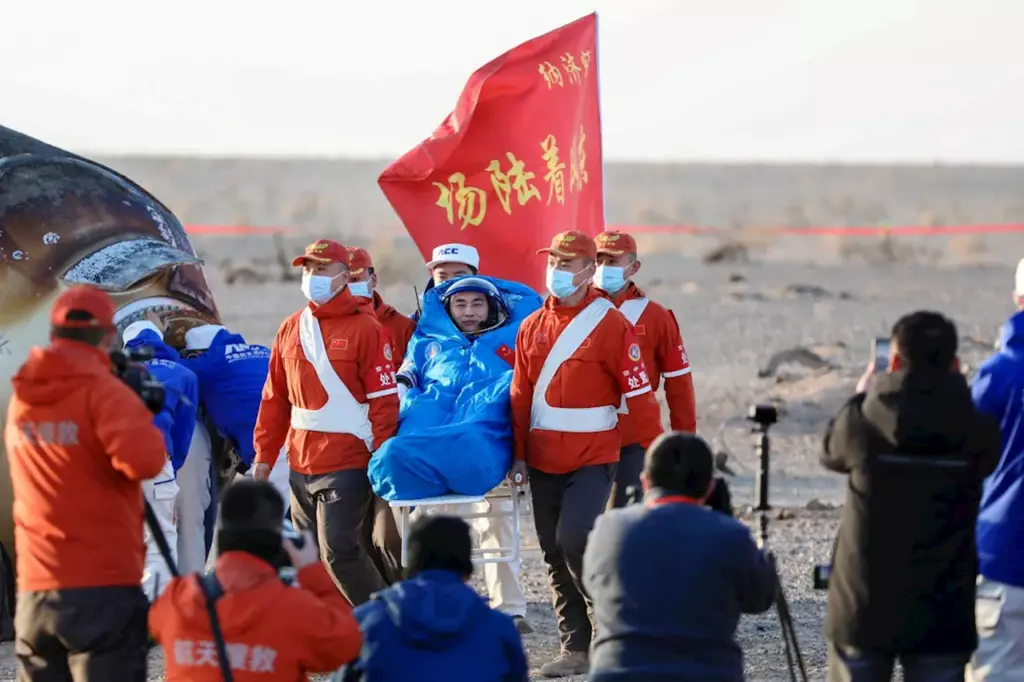
China is preparing to launch the Shenzhou-22 spacecraft on November 25, 2025, in a mission aimed at rescuing astronauts stranded aboard the Tiangong space station. This move follows the recent return of the Shenzhou-20 crew, which included astronaut Chen Zhongrui, who landed safely in the Gobi Desert on November 14, 2025, after their spacecraft sustained damage from space debris.
The China Manned Space Agency confirmed that the upcoming launch will take place from the Jiuquan Satellite Launch Center in northwest China. The Shenzhou-20 mission encountered significant challenges when its spacecraft was hit by debris in orbit, leaving the crew with a damaged vehicle while stationed at the Tiangong facility. Experts have expressed concerns regarding the safety of the situation.
Astronomer Jonathan McDowell from the Center for Astrophysics at Harvard and Smithsonian noted that while the damaged spacecraft could theoretically be used in an emergency, the extent of the damage remains uncertain. “There’s no not risky option,” McDowell stated, highlighting the necessity for space agencies to develop more robust contingency plans as the threat of space debris increases.
Addressing Space Safety Challenges
As space activities grow, the risk of incidents involving space debris has become a pressing issue. McDowell emphasized the importance of international cooperation in ensuring astronaut safety, suggesting that collaborative efforts between countries like the United States and China could enhance emergency response capabilities. “A partnership like that would demonstrate a capability that each country could rescue the other astronauts in an emergency,” he remarked.
Analysts, including Jan Osburg from the RAND Corporation, have pointed out that government agencies might need to engage private companies or non-governmental organizations (NGOs) to enhance their response capabilities. This approach could allow for quicker and more effective rescue operations. Current docking systems used by both the U.S. and Russia at the International Space Station serve as a model for future cooperation.
Should the Shenzhou-22 launch successfully, it would showcase China’s ability to respond rapidly to emergencies in space, a crucial aspect as it aims to expand its human exploration program. Plans are already in place for China to send two astronauts to the moon by 2030, underscoring the country’s commitment to advancing its space capabilities.
The challenges faced by China’s astronauts echo last year’s issues experienced by NASA astronauts at the ISS, who were stranded for months due to complications with their Boeing spacecraft during docking. As the landscape of human spaceflight evolves, enhancing safety measures and developing effective contingency plans will be essential to safeguarding astronauts’ lives in orbit.
The upcoming launch of Shenzhou-22 not only represents a critical moment for China’s space program but also serves as a reminder of the growing complexities and dangers associated with space exploration.







